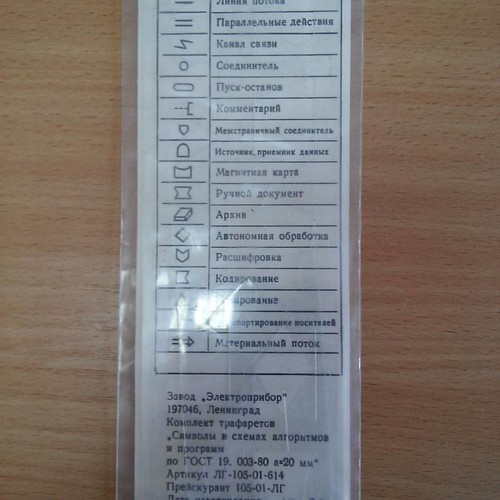s glycome, with at the moment unknown implications. Both the route of contraceptive administration plus the form of synthetic hormone utilised could play a part in these modifications. These variations point out the will need for further paired-patient research examining the direct effects of diverse hormonal contraception agents around the glycome and on the innate immune protection offered by cervicovaginal fluids.
Alternaria brassicicola is often a destructive plant pathogen and causes black spot illness on almost all plant species inside the Brassicaceae [1]. Disease symptoms seem mainly on the leaves and stems of host plants, such as Brassica oleracea (vegetables), B. rapa (vegetables, oilseeds, and forages), B. juncea (vegetables and seed mustard), the vegetable oil-producing species B. napus (oilseeds) [4], as well as the model plant Arabidopsis thaliana [5]. This illness is of worldwide financial significance [1,6,7] and may outcome in 20 to 50% yield reductions in crops for example canola and rape [7]. Alternaria brassicicola is really a necrotrophic plant pathogen and its illness symptoms involve the necrosis of host tissues, occasionally surrounded by yellow halos. The pathogenesis mechanisms employed by necrotrophic fungi are simplistically described as becoming comprised of two measures. The first step is definitely the killing of host cells or inducing programmed cell death with toxins [84]. The next step is deconstruction of the dead tissue and assimilating it into the fungal biomass utilizing many carbohydrate-active enzymes (CAZys) normally identified as cell walldegrading enzymes (CWDEs). It has been suspected that toxins and CAZys play crucial roles in pathogenesis [15], on the other hand, we’re still searching for genes whose loss-of-function mutation causes a reduction in virulence. The importance of toxins in pathogenesis has been demonstrated for quite a few necrotrophic fungi [168]. Several A. alternata pathotypes make secondary metabolites which might be hostspecific toxins and 278779-30-9 pathogenicity elements [17,195]. As opposed to the many pathotypes of A. alternata, nonetheless, no potent toxins linked with pathogenesis have been identified in the brassicaceous pathogen, A. brassicicola. Only depudecin has been identified as a toxin and its deletion mutants  had just a 10% reduction in virulence [26]. Three other toxin candidates, brassicenes [27], brassicicolin A [28], in addition to a protein toxin [29,30], have been found, but their association with pathogenesis has to be characterized by targeted gene mutagenesis. Currently, the proof of host-specific toxins as pathogenicity variables, or potent general toxins as virulence components remains tenuous [31,32]. For a prosperous parasitic life style, efficacious invasion and subsequent colonization are vital plus the number of genes in each family members involved in this approach are speculated to be improved. Pectin-digesting enzymes are prominent examples. You’ll find 19 pectate lyases and 7 pectin esterases in 21558880 A. brassicicola, twice as several as in their homologs in other dothideomycete fungi [33]. Pectin-digesting enzymes are speculated to become involved inside the invasion and colonization of host tissues by depolymerizing pectins in the middle lamella and plant cell walls, producing them crucial virulence variables. Six pectate lyase genes (AB05514.1, AB00904.1, AB10322, AB06838.1, AB03608, AB10575.1) are induced by AbVf19 during the late stages of infection, just after establishment and colonization, when plant tissues are necrotic [34]. Loss-offunction mutations on the most abundantly expre
had just a 10% reduction in virulence [26]. Three other toxin candidates, brassicenes [27], brassicicolin A [28], in addition to a protein toxin [29,30], have been found, but their association with pathogenesis has to be characterized by targeted gene mutagenesis. Currently, the proof of host-specific toxins as pathogenicity variables, or potent general toxins as virulence components remains tenuous [31,32]. For a prosperous parasitic life style, efficacious invasion and subsequent colonization are vital plus the number of genes in each family members involved in this approach are speculated to be improved. Pectin-digesting enzymes are prominent examples. You’ll find 19 pectate lyases and 7 pectin esterases in 21558880 A. brassicicola, twice as several as in their homologs in other dothideomycete fungi [33]. Pectin-digesting enzymes are speculated to become involved inside the invasion and colonization of host tissues by depolymerizing pectins in the middle lamella and plant cell walls, producing them crucial virulence variables. Six pectate lyase genes (AB05514.1, AB00904.1, AB10322, AB06838.1, AB03608, AB10575.1) are induced by AbVf19 during the late stages of infection, just after establishment and colonization, when plant tissues are necrotic [34]. Loss-offunction mutations on the most abundantly expre